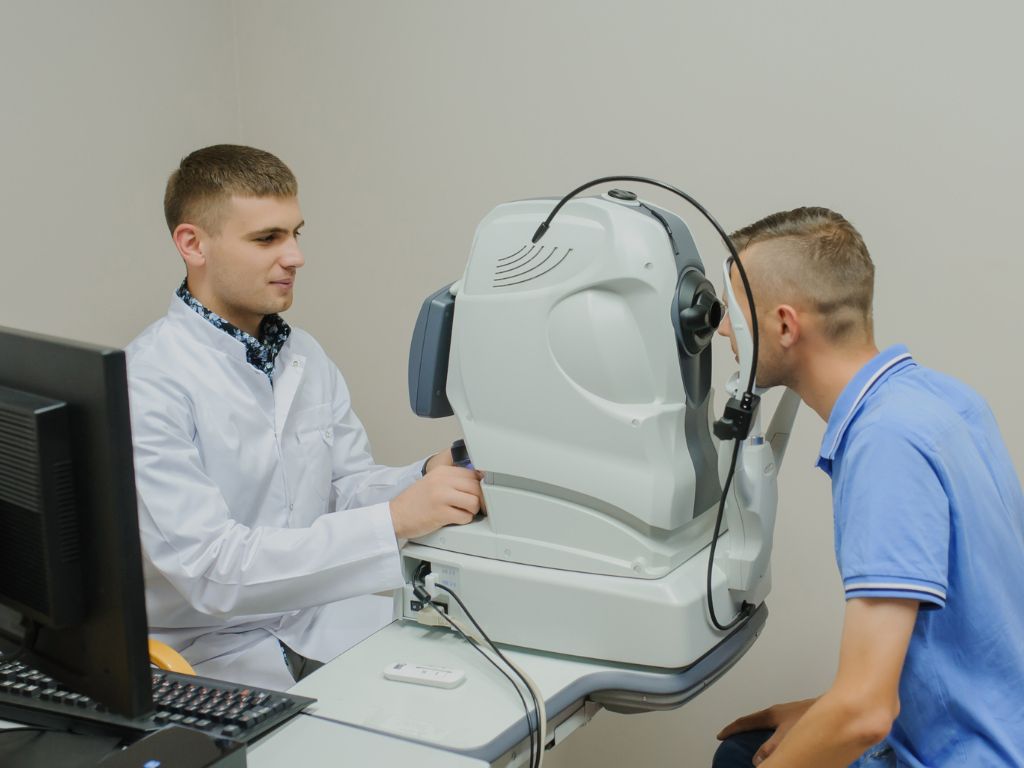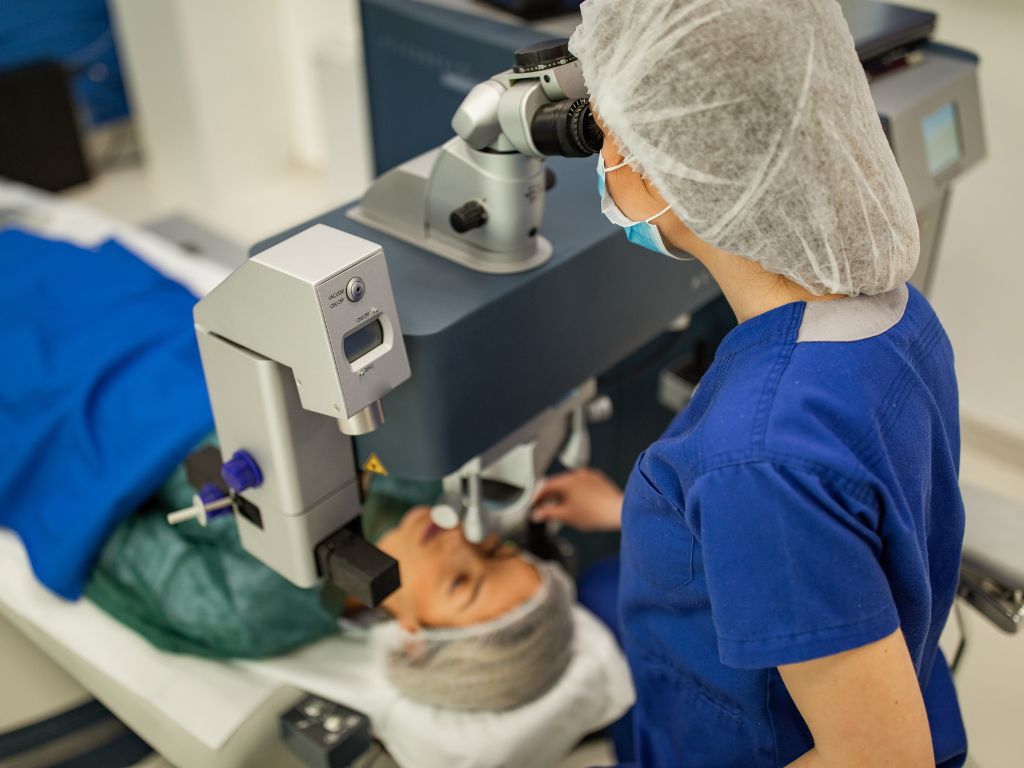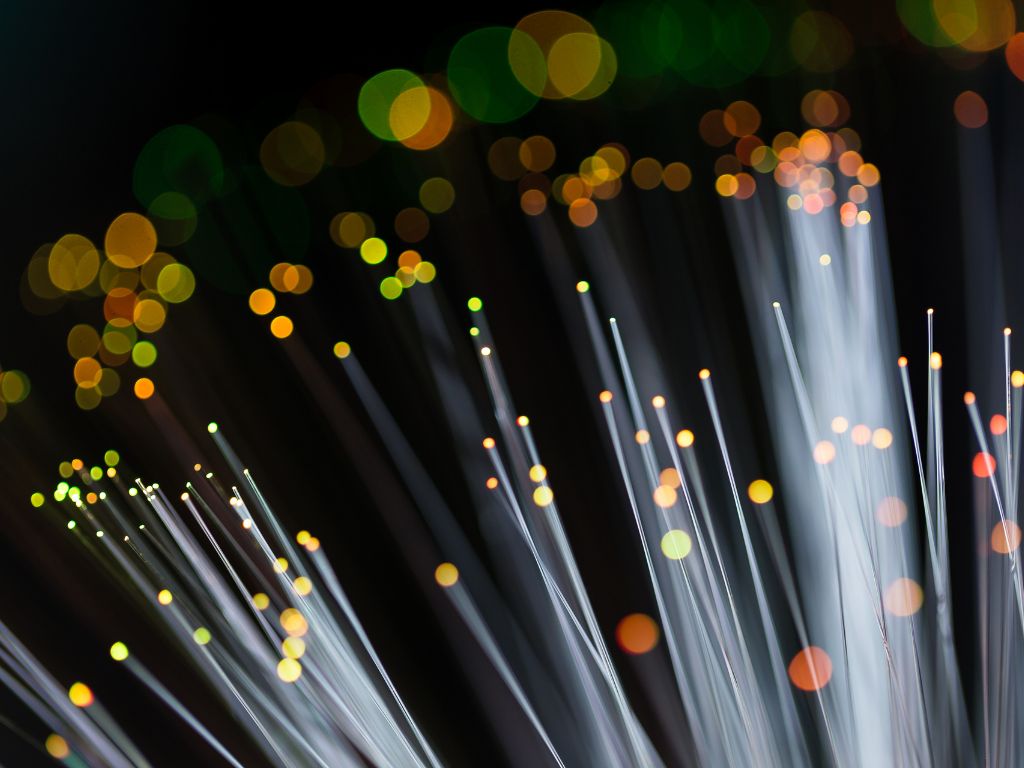Fibre optic technology has significantly transformed medical science, offering unprecedented advancements in the precision, efficiency, and safety of procedures.
With the medical use of optical fibres, healthcare professionals now have access to tools that are less invasive, more precise, and extremely versatile across various specialisations, from diagnostic procedures to complex treatments.
These innovations in optical fibre medical applications have not only enhanced the quality and speed of patient care but have also contributed to shorter recovery periods and diminished risks compared to traditional techniques.
The unique characteristics of fibre optics, such as their immunity to electromagnetic interference, ability to withstand high temperatures, and capability to transmit light over considerable distances with minimal loss, render them particularly beneficial in the medical field.
Enhancing Diagnostic Capabilities

Fibre Optic Cables in High-Resolution Imaging
Fibre optics play a major role in advancing medical diagnosis through innovations such as Optical Coherence Tomography (OCT), which relies on optical fibres used in the medical industry to produce high-resolution, three-dimensional images of internal tissues.
This technology is instrumental in the early detection and accurate diagnosis of various conditions, marking a significant leap in the applications of optical fibre in the medical field.
The non-invasive nature of fibre optic imaging enhances patient comfort and outcomes, highlighting the critical medical applications of optical fibre.
As these technologies evolve, they continue to redefine the limits of diagnosis, offering unprecedented clarity and detail in internal visualisations, thereby contributing to more effective and timely interventions.
Improving Endoscopic Procedures with Fibre Optics
Endoscopes, when integrated with fibre optics technology, have revolutionised internal examinations and surgical procedures, embodying the optical fibres used in the medical industry to provide detailed visualisations of internal organs.
This development not only enhances the clarity and accuracy of internal imaging crucial for both diagnosis and treatment but also exemplifies the significant uses of optical fibre in the medical field.
The incorporation of fibre optics into endoscopic devices has greatly expanded the possibilities for minimally invasive surgeries, improving their safety and efficacy.
This development has thus been pivotal in advancing patient care, reducing recovery times, and minimising surgical risks.
Fibre Optic Cables in Surgical Applications

Enhancing Precision in Laser Surgery
The application of fibre optics in laser surgery exemplifies precision, helping the targeted treatment of tissues with minimal impact on surrounding healthy areas, thereby improving surgical outcomes.
This precision is facilitated by the ability of fibre optics to deliver laser energy in a meticulously controlled fashion, supporting a variety of surgical interventions, from tumour excision to vision correction, with unparalleled accuracy.
Ongoing advancements in fibre optic laser surgery are paving the way for novel applications and refinements in surgical methodologies, significantly enhancing patient care.
This evolution underscores the critical role fibre optics play in the ongoing enhancement of equipment and procedures.
Facilitating Minimally Invasive Operations
Fibre optic technology revolutionises minimal invasive surgery with smaller, more flexible instruments that provide instant feedback, reducing patient trauma and recovery times.
Its ongoing development enables more complex surgeries with fewer incisions, improving outcomes and experiences, and crucially advancing surgical methods and healthcare results.
Monitoring and Sensing with Fibre Optics

Continuous Vital Signs Monitoring
Fibre optic sensors have become indispensable in the continuous monitoring of vital signs, offering precise and immediate feedback on patient health through non-invasive techniques.
Capable of tracking a broad spectrum of physiological parameters such as heart rate, blood pressure, and oxygen saturation, these sensors provide essential data for patient care.
The exceptional reliability and sensitivity of fibre optic sensors render them invaluable in critical care settings, again significantly improving patient safety and the efficacy of treatments.
This underlines the importance of fibre optics in elevating patient monitoring to new levels of accuracy and responsiveness.
Fibre Optic Intravascular Pressure Sensors
Intravascular pressure sensors, utilising fibre optic technology, provide exact measurements of blood pressure within the vessels, crucial for the diagnosis and management of cardiovascular diseases.
The diminutive size and biocompatibility of these fibre optic sensors enable reduced invasive usage, offering real-time data while posing minimal risk to patients.
Continuous advancements in fibre optic pressure sensing technology are enhancing the precision and versatility of these sensors in diverse medical contexts, thereby significantly contributing to improved patient diagnostics and care.
Data Management and Communication

Secure Transmission of Patient Data
Fibre optic networks are crucial for securely transmitting large volumes of patient data, offering swift, reliable communication essential for modern healthcare.
Their high bandwidth and low latency allow immediate access to patient records, improving care quality significantly as healthcare embraces digitalisation, highlighting fibre optics’ role in advancing patient data management.
Real-Time Collaboration in Healthcare Settings
Fibre optic technology enhances real-time global collaboration among healthcare professionals, supporting telemedicine and breaking down geographical barriers.
This innovation expands access to quality care and fosters knowledge sharing, significantly improving healthcare delivery and making expert care more accessible.
Therapeutic Uses of Fibre Optic Cables
Photodynamic Therapy Applications
Fibre optics are integral to photodynamic therapy (PDT), an innovative treatment that employs light-sensitive drugs, which are activated by light conveyed through fibre optic cables to specifically target and eradicate cancer cells.
This precise control of light in PDT enables a minimally invasive approach to tumour treatment, presenting a viable alternative to traditional therapies while minimising side effects.
This advancement showcases the pivotal role of fibre optics in developing new, less invasive cancer treatments, underscoring their importance in medical technology.
Fibre Optic-Enabled Targeted Heat Treatments
Fibre optics revolutionise targeted heat treatments with unparalleled precision, minimising damage to surrounding tissues.
The benefit of this therapeutic technology offers new treatment avenues for various medical conditions, significantly advancing medical science and patient care through innovative applications.
If you are interested in learning more about the integration and advantages of fibre optics in medical devices, Altimex is here to help. Please contact us today to discuss your needs and projects in more detail.


